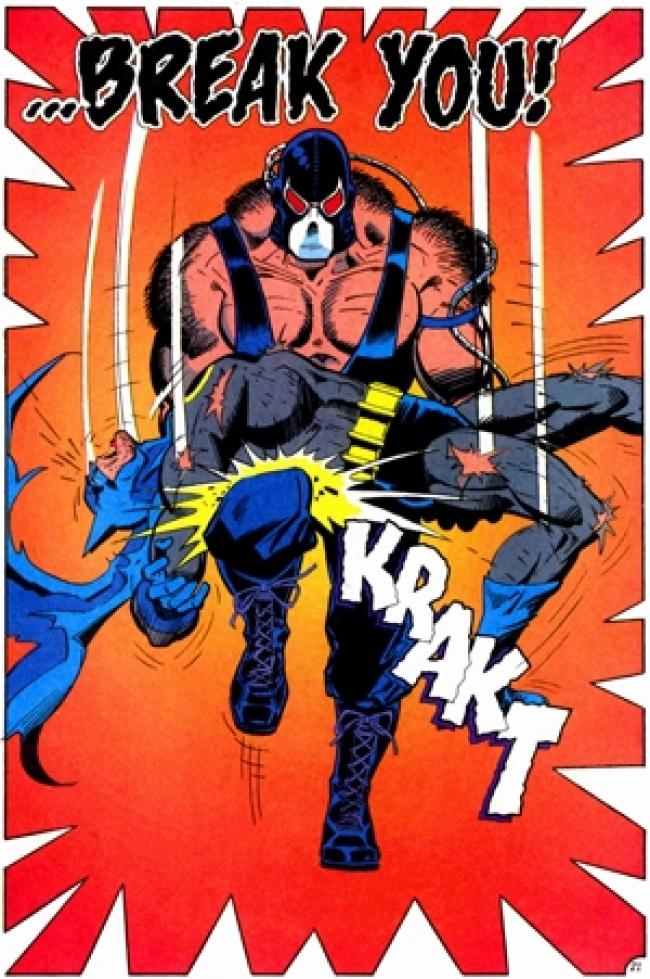Low-E, or low-emissivity windows, are catching on among homeowners for their ability to insulate houses with great efficiency; they let light pass through while keeping heat on the side from which it’s coming in, thus making it cheaper and more eco-friendly to keep cool during the summer and warmer during the winter. Recently, there was a flap in Boston over low-E windows allegedly melting the vinyl siding on some neighboring houses. The diagram above shows just how hot the refracted light from one window was: The infrared scan to the right shows temperatures as high as 247 degrees Fahrenheit; yikes.
Unsurprisingly, neighbors whose homes were partially melted by these windows were not too pleased. One woman poignantly told WCBVTV “It’s so upsetting I could cry. I’m not kidding you. I cry all the time. It’s buckling, it’s lifting off the house, it’s curling up, it’s just totally ruined.”
However, upon closer inspection, the problem may not be the windows’ emissivity, but their shape:
A flat window shouldn’t be able to reflect more sunlight than the amount that falls on it, which should be similar to the amount that falls on a similar area of siding — the siding should be no more susceptible to melting than it is when it is normally exposed to the sun. A local television station reporting on the story notes that it is the inward flexing and curvature of the windows that is concentrating the sun and causing problems.
Does that mean the window’s material is irrelevant? Not necessarily: One commenter points out that while most low-E windows have an inert gas like argon in the space between both panels of glass, the offending windows may actually be made of vacuum insulated glass, which replaces the gas with a true vacuum. While putting a vacuum between both panes in theory provides the most value in terms of thermal insulation, it also requires the outer pane to lens inward, exacerbating the magnifying glass effect. So in short, don’t let these reports turn you off low-E windows; however, it’s probably best to check with your architect to ensure that you aren’t turning your house into a giant heat ray.
(The Architect’s Newspaper via Inhabitat via Gizmodo)









Published: Aug 7, 2010 02:00 pm